Legions of migrant workers have provided a cheap workforce for China’s rapid urbanization and industrialization after the rural-urban mobility ban was lifted decades ago. The welfare of migrant workers, however, has yet to improve
When friends Liu Chengqiang and Gao Ming leave their hometown in rural Shandong Province for Beijing in the summer of 1998, they are excited, full of hope and, like many young people from the countryside, dreaming of a better life.
Things look up at first. The two start a private bus route that proves popular among locals because of their good service and charming country accents. Their success eventually catches the attention of local television – and the competition. Another bus running the same route begins sabotaging their business.
This is the plot from Mini Bus. The 2000 film stars Gao Hu and now A-list actor Huang Bo in his first feature role. The low-budget film struck a nerve with the millions of Chinese migrant workers who had left their farms for the cities. This mass migration of labor played an important role in speeding up the transition from planned to market economy and driving the country’s economic miracle.
It has been more than 40 years since China started its reform and opening-up. The country’s changing economy, society and lifestyles resulted in the fastest urbanization, largest urban population and greatest flows of population to occur in human history.
Hometown to Downtown
Since 1949, China has administered a duality citizenship management of urban and rural residents through the hukou, or household registration system. The rigid system, which legally ties a person’s residency to their birthplace, was originally designed to limit mass migration from rural to urban areas and ensure social stability.
The Chinese term for migrant worker, mingong, was coined in 1984 in an article published in Sociology Communication, an internally circulated magazine at the Chinese Academy of Social Sciences. Policies directed at migrant workers evolved in phases: a strict prohibition of the rural workforce in urban areas (1979-1983), the central government turning a blind eye to the migration of surplus workers (1984-1988), tighter controls over the “blind” flow of migrant workers (1989-1991) and guided migration of farmers to urban areas (1992-2001).
Since 2002, the central government removed restrictions on migration to cities and began offering support at a time when China’s urbanization was gaining momentum and legions of new arrivals were providing a cheap labor force.
According to the National Bureau of Statistics, China was home to 288.36 million migrant workers in 2018, an increase of 0.6 percent year-on-year. Among the migrant workforce, 13 percent had a primary school-level education and 75.7 percent completed secondary school. In terms of age, 53.1 percent were below 40 and 22 percent were above 50. A majority had both parents and children to support back home.
While migrant workers often face harsh work conditions on construction sites or in factories, they stand to earn significantly more than in the countryside. Statistics from the Ministry of Agriculture and Rural Affairs showed that the disposable yearly income of rural residents was 13,432 yuan (US$1,875) in 2017, while that of urban residents was 2.71 times greater. Statistics from the Ministry of Human Resources and Social Security showed that the average monthly salary for migrant workers was 3,485 yuan (US$486) in 2017, up 6.4 percent year-on-year.
In Mini Bus, the two main characters are surprised to find that they could earn 9,000 yuan (US$1,254) a month back in the 1990s. At that time, the average housing price in Beijing was 2,000 yuan (US$279) per square meter and the average salary slightly above 1,000 yuan (US$139). Wang Datu, a 50-year-old worker in Beijing from rural Mianyang in southwestern China’s Sichuan Province, told NewsChina he has been working on construction sites in the Chinese capital for seven years. He earns on average three to four times more than he did growing rice in his hometown.
“I don’t really read or write and I can’t speak standard Chinese. Even though I work a lot of overtime I’m very happy with my life now because I can earn more money than before,” he said. “I don’t want my son and daughter back home to live like me. So I work hard and save everything I earn so they can go to university and become permanent city residents.”
Zhang Chen, a fast food restaurant owner near Qinghe Railway Station in Beijing’s Haidian District, told our reporter that the majority of his customers were migrants working at the station, which is undergoing renovations slated for completion later this year. Zhang said almost every worker chooses the cheapest menu option. Five years ago, Zhang owned lead and zinc mines in southern Xinjiang Uyghur Autonomous Region, and the majority of miners he hired were workers from Sichuan and Gansu provinces.
“Migrant workers are crucial to the construction of tall buildings in cities, high-speed railways and expressways, and working deep in dark mines. They drive China’s modernity with their blood and sweat,” he said. “I have a lot of sympathy for them and they deserve better treatment.”
Joys and Sorrows
According to a research report on China’s migrant workers released by the State Council, 49.1 percent of migrant workers were employed in manufacturing and 50.5 percent were in service industries in 2018. The report also showed that most migrant workers had to work long, hard hours; 22.5 percent worked more than 10 hours a day. Only 13.7 percent worked an eight-hour shift.
To make matters worse, only 53.7 percent of migrant workers had signed labor contracts with their employers and 15.7 percent said they were unaware of their existence. Without a contract, migrant workers do not qualify for social insurance or welfare services. The survey showed the majority of migrant workers receive wages in two ways: 60 percent are paid on a monthly basis and 28 percent must wait for a year-end lump sum. However, only 47.78 percent of migrant workers receive their salaries on time, the report said.
In the film The End Of Year (2008), main character Zhang Guodong (played by Chen Gang) is among a group of several workers from rural Hefei, Anhui Province working in Beijing as apartment renovators. Conflict ensues when a boss of a travel agency doesn’t pay them for a remodel of his apartment. Zhang and his co-workers are forced to try different tactics, both peaceful and violent, before they are finally paid.
The film addresses a persistent issue for migrant workers. Cases involving mass petitions and workers resorting to extremes such as threatening suicide over back wages are common. Governments at all levels have in recent years implemented policies and measures over timely payment of migrant workers.
In January 2016, the general office of the State Council released a guideline to address delayed wages for migrant workers that established a credit rating system for enterprises. According to a statement released by the Ministry of Justice in 2018, China would provide more legal assistance to migrant workers seeking back wages while urging authorities to raise awareness among workers of their rights. The ministry aims to eliminate wage arrears by ensuring that all
migrant workers have access to legal aid by 2020.
Also in 2018, the Ministry of Human Resources and Social Security created a blacklist for employers found to have maliciously postponed payment to workers. Authorities followed up on 86,000 cases, resulting in more than 1.68 million migrant workers receiving 16 billion yuan (US$2.4b) in owed wages.
In August 2019, the Ministry of Human Resources and Social Security solicited public comments on draft regulations aiming to secure timely wages for migrant workers. Among the regulations are penalties for overdue wages.
Employers who fail to pay workers within a specific time period would be forced to pay workers between 50 and 100 percent of the wages owed and fines of up to 50,000 yuan (US$6,998). Another persistent issue for migrant workers is discrimination. In the 1990s, the sudden massive influx of workers to Beijing sparked new social tensions. This issue is addressed in Mini Bus. In the film, the greatest challenge for protagonists Liu Chengqiang and Gao Ming comes from dealing with the underhanded tricks of a local bus driver and ticket taker on the same route. The rivals eventually sabotage Liu’s bus, causing him to suffer an accident.
Guo Wei, a professor at the School of Sociology at the Chinese University of Politics and Law, pointed out the difficulty many in rural areas have supporting their families solely through agricultural work.
Many older migrant workers cannot retire because in addition to raising a family, they must also earn enough to support themselves in their old age.
“It is really sad for migrant workers of this generation who work hard to improve the life of their children and family but then have to save for their retirement,” he told the Beijing Youth Daily.
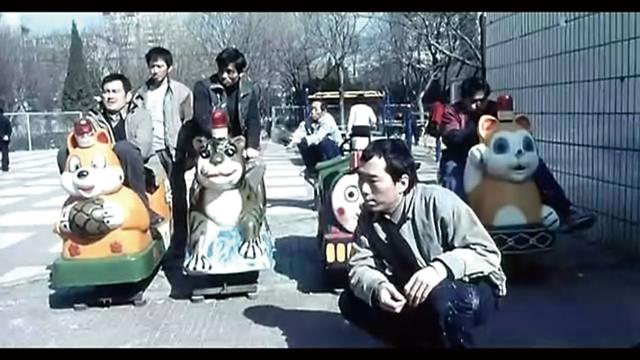
The End of Year
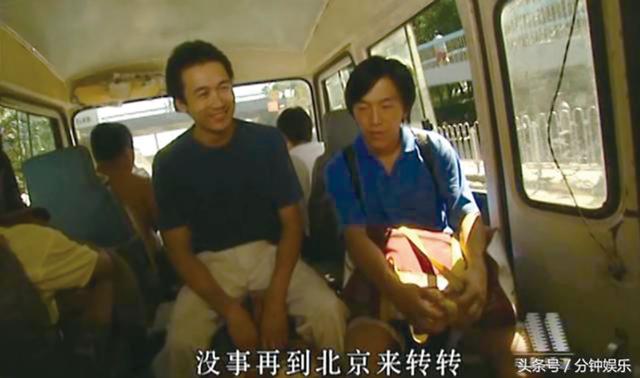
Mini Bus
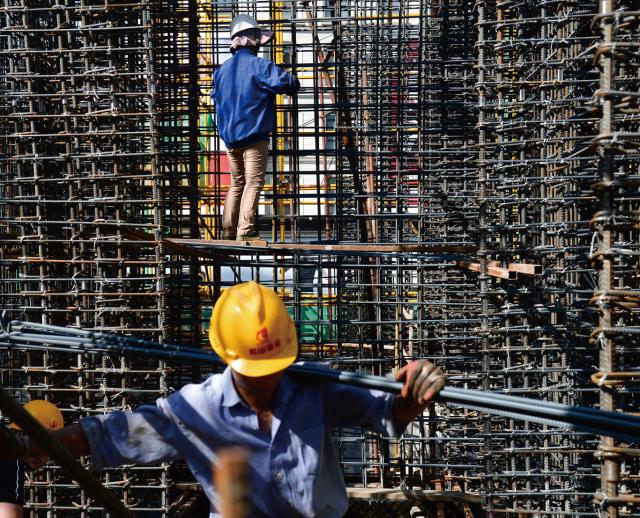
Two men work at a construction site in Tianjin, June 4, 2018
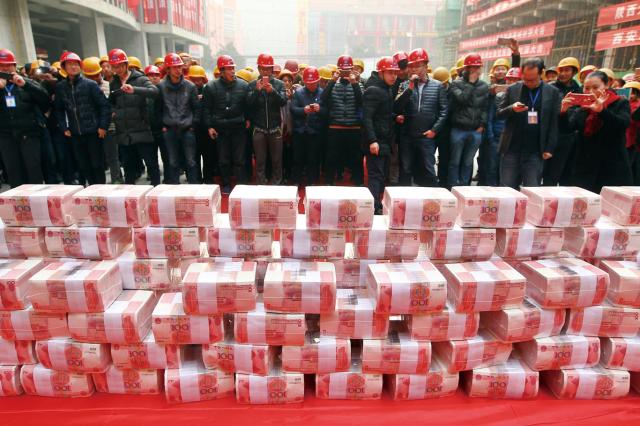
Migrant workers wait to receive their salaries in Xi’an, Shaanxi Province, January 18, 2017

Migrant workers wear masks during a protest over back wages in Xi’an, Shaanxi Province, February 2, 2015
To Stay or Not to Stay
Mini Bus concludes with the two main characters parting ways: Gao chooses a quieter life back home where he eventually marries and raises a family whilst Liu stays in Beijing where he takes a job as a water deliveryman and is content with earning more money.
The choices reflect different generations of migrant workers. While their first wave generally returned to the countryside, the second settled in the cities.
In The End Of Year, protagonist Zhang Guodong’s fiancée dreams of buying an apartment and settling down in Beijing. The couple saves enough for a down payment in the early 2000s before housing prices skyrocketed beyond the reach of most workers.
According to a report released by the All-China Federation of Trade Unions in 2000, the latest wave of migrant workers were born in the 1980s and living in cities with rural residence permits. Only 38 percent considered themselves as belonging to the city in which they worked.
For decades, agriculture, rural areas and farmer issues have been top priorities for the central government. However, new social concerns have emerged in the countryside. Migrant workers are leaving rural areas, farmers are losing their land and villages are in decline. According to a report on the protection of Chinese villages by Changsha-based Central South University in 2017, the number of villages in China dropped to 2.71 million in 2010, down from 3.63 million in 2000.
Lu Huilin, a professor at the Sociology Department of Peking University, said the children of migrant workers are serious victims of the urban-rural gap, and face more inequality and social discrimination.
“Besides their numerous difficulties in life, the children of migrant workers also face feelings of isolation,” he told the Beijing Youth Daily. “For them, home is far away and their hometown is even further.”
According to a report Lu authored in 2014, the average age of children of migrant workers in Beijing was 24.3 and they had lived in Beijing for an average 15.7 years. A total of 25.5 percent were born in the city. The report suggests that the children of migrant workers are more likely to become involved in social conflicts and are more sensitive to prejudice and social injustice, such as in school admissions and job recruitment.
“The plight of this group poses potential risks for China in creating a harmonious society,” he said. “We must provide better platforms for them to voice their issues and appeals in a rational way.”
Cao Chun, an associate professor of education at Northeast Normal University, told NewsChina that it is high time to eliminate the barriers migrant workers face in cities, particularly in education, through top-level policy. Migrant workers will only be able to fully integrate when more efforts are made to improve their work environments and protect their rights.
“Education is one of the greatest forms of discrimination migrant workers encounter because without a local hukou, their children do not have access to public education in cities,” he said. “Equal access to education is urgently needed to allow children to grow roots in the cities of their birth.”
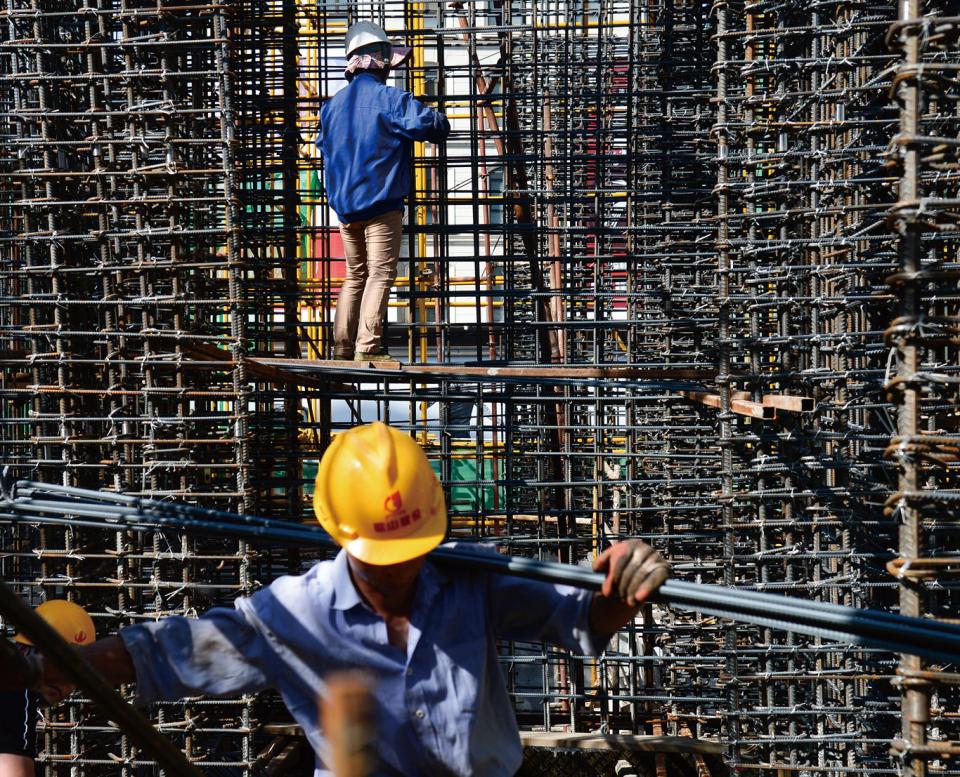
 Old Version
Old Version




